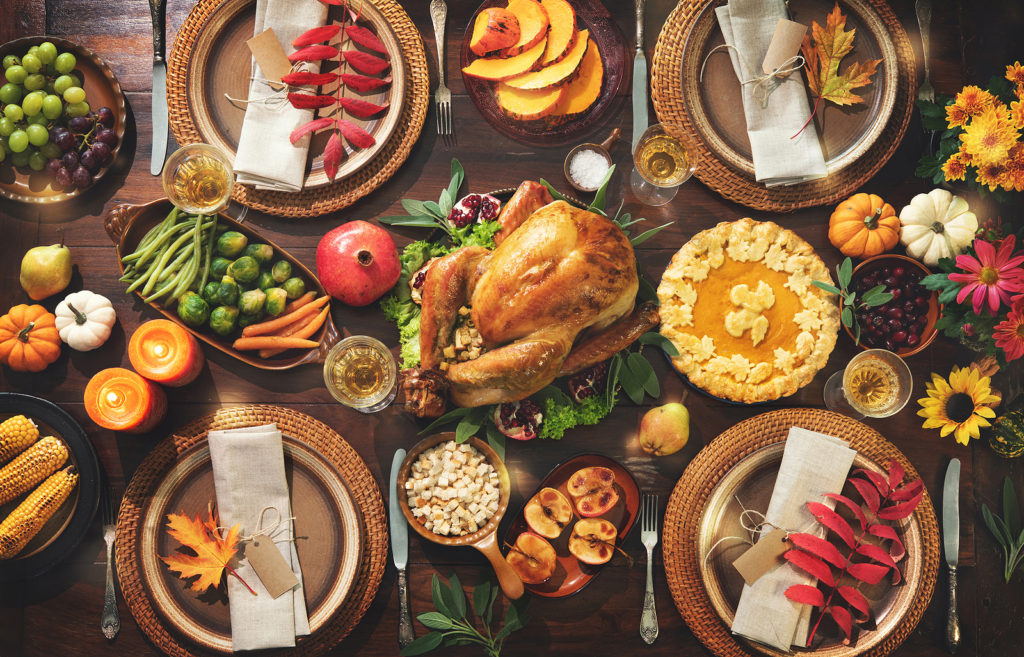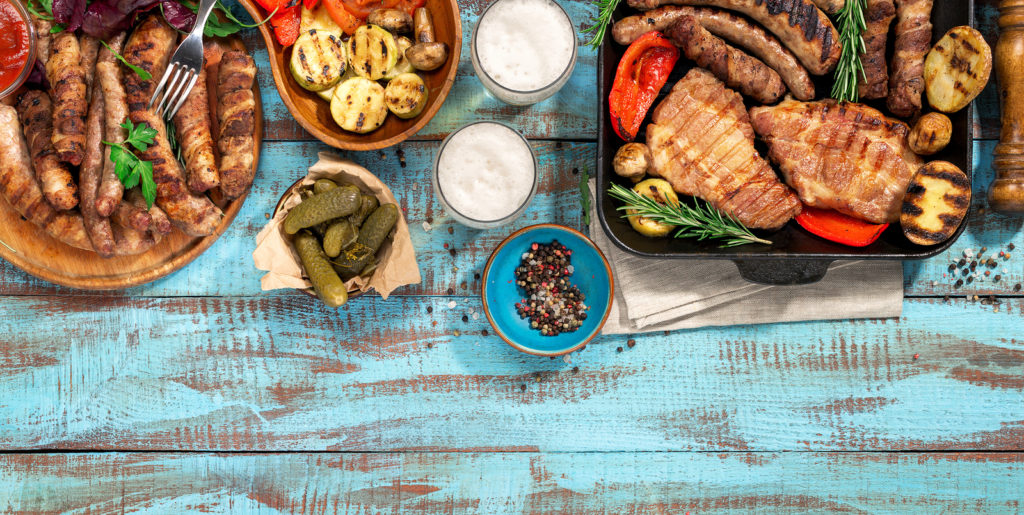Preparing appetizers, sides, meals, desserts, and beverages for the entire family, and possibly even extended family, is a big job to take on. But you have years of Thanksgiving Day food preparation experience. Nonetheless, it is important to remind yourself of safe food handling, prepping, serving, and storing just to ensure your crowd is protected this year. After all, there is quite a difference in preparing food for a small crowd versus a large one.
Continue reading to brush up on these safety reminders and more this Holiday season!

Safe Catering Practices Start With Cleanliness
The first rule of thumb when it comes to large scale food preparation is cleanliness. Washing hands, sanitizing cooking stations and surfaces, cleaning dishes, and separating the two from raw and uncooked foods are crucial to safe catering.
Washing hands eliminates the potential for spreading germs and illnesses through food. Our hands touch our faces over 1000 times a day! When serving a large crowd, you never know who is more vulnerable to illness and who is not. Keeping your hands clean while preparing food avoids spreading the flu or a virus through food and possibly infecting hundreds of people.
Sanitizing all cooking stations, cookware, dishes, and utensils is also a very important component to safe catering. It is necessary to be sure all skillets are clean and dry, and anything else that contributes to the preparation of food is checked. Dishes have to be cleaned and dried and utensils need to be clean as well. It is a good idea to avoid plastic utensils to help the environment! By having all these items clean and functioning properly, it avoids contamination and the spread of food-borne illnesses.
Be Sure Your Food Stuffs are Fresh
Double checking the food inventory for spoiled or contaminated products is important before preparing food for large crowds. It is possible that a stray animal or insect can gain access to food products during the commute to the venue or store. Fresh food is key to safe cooking and dining. Other than food freshness, it is necessary to ensure that deep fryers have fresh oil in them, and that all coolers and refrigerators are working properly.
Catering Tips for Children
Preparing food for a large crowd including children requires some extra attention. Since it is such a large crowd, applying majority rules as far as taste preferences is important. Pleasing children’s’ palates can be achieved by using few and simple ingredients. Kids are picky eaters so easy finger foods are a great way to keep kids entertained while eating, and gives the adults a break from having to feed them! As far as safety, eliminating potential for bones or other choking hazards in kids’ food is crucial. Drumsticks should be replaced with chicken fingers, and apple slices with applesauce. Small ideas like these are safe meals for children in large crowds.
Place Your Order for Thanksgiving Day Catering in Newnan, GA
It’s still not too late to let Food for Thought Catering cater your Thanksgiving Day 2020! Contact us at 678-340-0510 to place your order today. You have just enough time for us to prepare a meal large enough to feed a holiday crowd! Choose from our popular catering menu, or work with our catering coordinators to customize a menu according to your particular needs and interests. Call now before it’s too late!


